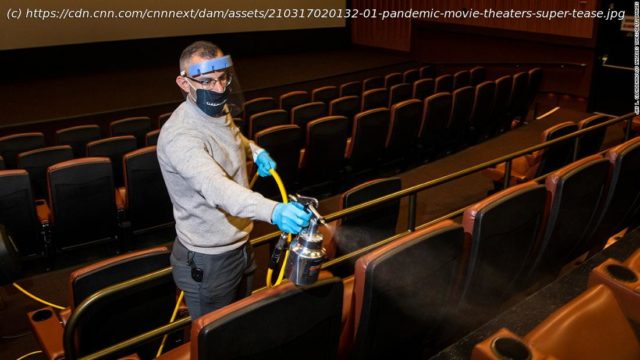Are the movies over?
Not the art form itself, but the actual movie-going, sitting in a theater surrounded by strangers and popcorn, experience? It’s not hard to find social predictors who argue that it might be, thanks to the increasing number of movies that quickly hit streaming services and allowed you to watch in your family room, along with the growing numbers of films produced directly by — and for — services like Netflix. Tara Lachapelle, who covers the entertainment business for Bloomberg, wrote: “We have learned to live without movie theaters. Even the ones that make it through the crisis may find that online-streaming apps have stolen away audiences for good.” Of course, many social predictors in other eras could not foresee live theater surviving once drama and comedy became available in movie form; nor that radio had a chance after a television set became a common part of the living room furniture. Art tends to adapt to circumstances; cave walls give way to canvas, but people keep on drawing. Given that the genre of movies viewers were choosing to see in theaters before the pandemic had already tilted heavily toward comic book-dominated, hugely expensive blockbuster films, the safest bet is that studios will turn to even more of them for theatrical releases and steer their smaller, artier titles (the ones that tend to win the awards) toward streaming services after a brief release in the theater (in order to qualify for those trophies, of course). Because of the pandemic, the Academy of Motion Picture Arts and Sciences temporarily permitted movies to be submitted for Oscars even without any theatrical release. Many of this year’s multiple nominees, like “Mank” and “Nomadland,” did have very short runs in theaters before they were streaming into homes. “Mank,” for example, is a Netflix production, and almost all its publicity was aimed to get Netflix subscribers to watch it there.






